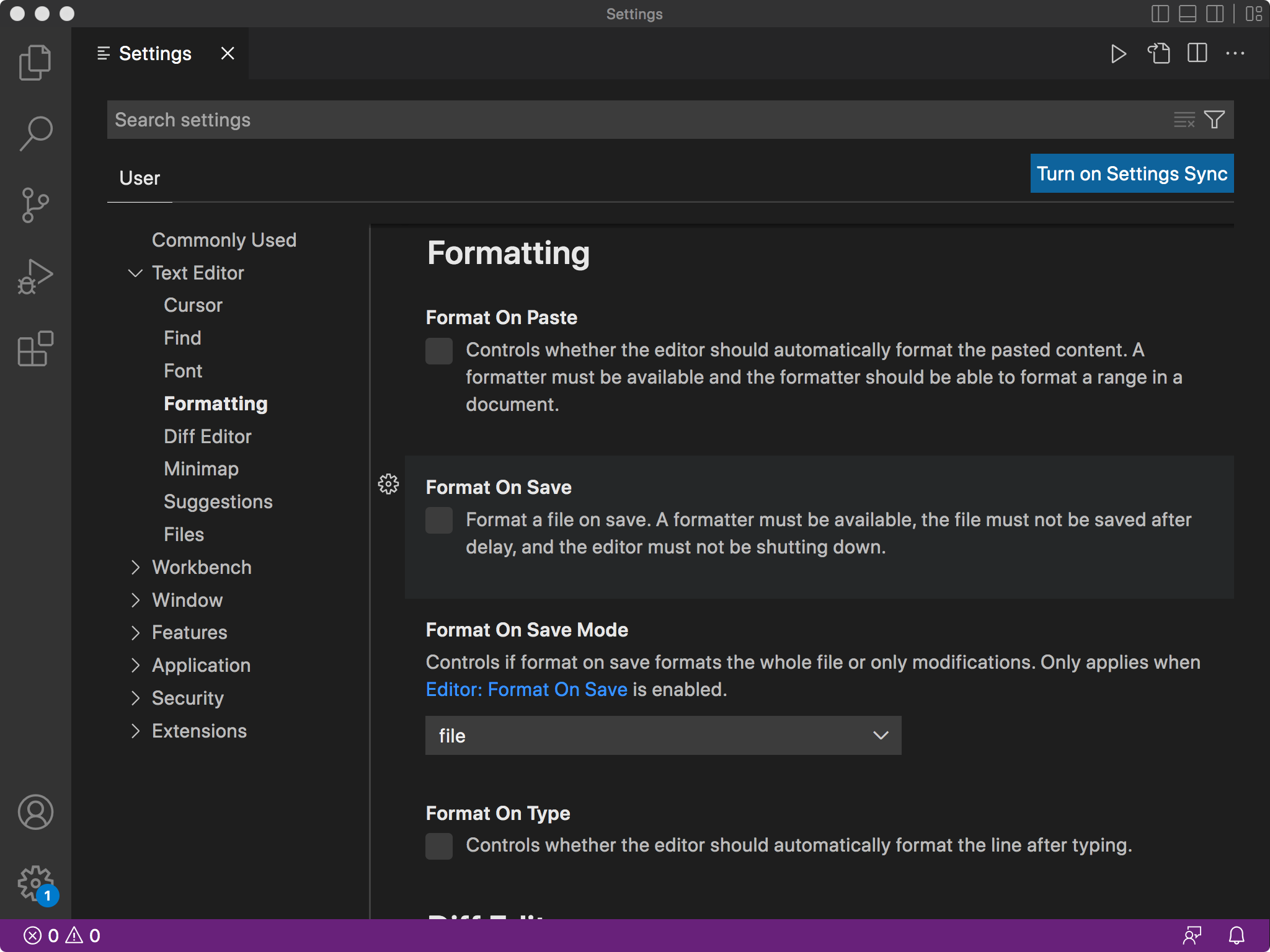本篇 ShengYu 介紹 SimpleHTTPServerWithUpload 上傳檔案功能,之前在這篇介紹怎麼使用 Python SimpleHTTPServer 快速建立簡單網頁伺服器 http web sever,這篇是網頁伺服器加上檔案上傳的功能。
https://gist.github.com/UniIsland/3346170
但是這個版本在上傳中文檔案時結果頁面會顯示亂碼,但資料夾中上傳的中文檔案名稱是正常。原因是因為它網頁編碼問題,所以我改了一版加上 utf-8 在結果頁面就可以正常顯示中文,並加上一些空白檔案名稱的錯誤處理,以及上傳時如果檔名是空的話會顯示提示視窗。
缺點是不支援多檔上傳,這樣就不方便,有點可惜。
以下是我修改的版本,1
2
3
4
5
6
7
8
9
10
11
12
13
14
15
16
17
18
19
20
21
22
23
24
25
26
27
28
29
30
31
32
33
34
35
36
37
38
39
40
41
42
43
44
45
46
47
48
49
50
51
52
53
54
55
56
57
58
59
60
61
62
63
64
65
66
67
68
69
70
71
72
73
74
75
76
77
78
79
80
81
82
83
84
85
86
87
88
89
90
91
92
93
94
95
96
97
98
99
100
101
102
103
104
105
106
107
108
109
110
111
112
113
114
115
116
117
118
119
120
121
122
123
124
125
126
127
128
129
130
131
132
133
134
135
136
137
138
139
140
141
142
143
144
145
146
147
148
149
150
151
152
153
154
155
156
157
158
159
160
161
162
163
164
165
166
167
168
169
170
171
172
173
174
175
176
177
178
179
180
181
182
183
184
185
186
187
188
189
190
191
192
193
194
195
196
197
198
199
200
201
202
203
204
205
206
207
208
209
210
211
212
213
214
215
216
217
218
219
220
221
222
223
224
225
226
227
228
229
230
231
232
233
234
235
236
237
238
239
240
241
242
243
244
245
246
247
248
249
250
251
252
253
254
255
256
257
258
259
260
261
262
263
264
265
266
267
268
269
270
271
272
273
274
275
276
277
278
279
280
281
282
283
284
285
286
287
288
289
290
291
292
293
294
295
296
297
298
299
300
301
302
303
304#!/usr/bin/env python
"""Simple HTTP Server With Upload.
This module builds on BaseHTTPServer by implementing the standard GET
and HEAD requests in a fairly straightforward manner.
"""
__version__ = "0.3"
__all__ = ["SimpleHTTPRequestHandler"]
__author__ = "ShengYu"
__home_page__ = "https://shengyu7697.github.io/"
import os
import posixpath
import BaseHTTPServer
import urllib
import cgi
import shutil
import mimetypes
import re
try:
from cStringIO import StringIO
except ImportError:
from StringIO import StringIO
class SimpleHTTPRequestHandler(BaseHTTPServer.BaseHTTPRequestHandler):
"""Simple HTTP request handler with GET/HEAD/POST commands.
This serves files from the current directory and any of its
subdirectories. The MIME type for files is determined by
calling the .guess_type() method. And can reveive file uploaded
by client.
The GET/HEAD/POST requests are identical except that the HEAD
request omits the actual contents of the file.
"""
server_version = "SimpleHTTPWithUpload/" + __version__
def do_GET(self):
"""Serve a GET request."""
f = self.send_head()
if f:
self.copyfile(f, self.wfile)
f.close()
def do_HEAD(self):
"""Serve a HEAD request."""
f = self.send_head()
if f:
f.close()
def do_POST(self):
"""Serve a POST request."""
r, info = self.deal_post_data()
print(str(r) + ' ' + info + ' by: %s' % (self.client_address,))
f = StringIO()
f.write('<!DOCTYPE html PUBLIC "-//W3C//DTD HTML 3.2 Final//EN">\n')
f.write('<html lang="en">\n')
f.write('<head>\n')
f.write('<meta charset="utf-8">\n')
f.write('</head>\n')
f.write('<title>Upload Result Page</title>\n')
f.write('<body>\n')
f.write('<h2>Upload Result Page</h2>\n')
f.write('<hr>\n')
if r:
f.write('<strong>Success:</strong> ')
else:
f.write('<strong>Failed:</strong> ')
f.write(info)
f.write('<br><a href="%s">back</a>' % self.headers['referer'])
f.write('<hr><small>Powerd By: ShengYu, check new version at ')
f.write('<a href="https://shengyu7697.github.io/SimpleHTTPServerWithUpload">')
f.write('here</a>.</small></body>\n</html>\n')
length = f.tell()
f.seek(0)
self.send_response(200)
self.send_header('Content-type', 'text/html')
self.send_header('Content-Length', str(length))
self.end_headers()
if f:
self.copyfile(f, self.wfile)
f.close()
def deal_post_data(self):
boundary = self.headers.plisttext.split('=')[1]
remainbytes = int(self.headers['content-length'])
line = self.rfile.readline()
remainbytes -= len(line)
if not boundary in line:
return (False, 'Content NOT begin with boundary')
line = self.rfile.readline()
remainbytes -= len(line)
fn = re.findall(r'Content-Disposition.*name="file"; filename="(.*)"', line)
if not fn:
return (False, 'Can\'t find out file name...')
path = self.translate_path(self.path)
fn = os.path.join(path, fn[0])
line = self.rfile.readline()
remainbytes -= len(line)
line = self.rfile.readline()
remainbytes -= len(line)
try:
out = open(fn, 'wb')
except IOError:
return (False, 'Can\'t create file to write, do you have permission to write?')
preline = self.rfile.readline()
remainbytes -= len(preline)
while remainbytes > 0:
line = self.rfile.readline()
remainbytes -= len(line)
if boundary in line:
preline = preline[0:-1]
if preline.endswith('\r'):
preline = preline[0:-1]
out.write(preline)
out.close()
return (True, 'File "%s" upload success!' % fn)
else:
out.write(preline)
preline = line
return (False, 'Unexpect Ends of data.')
def send_head(self):
"""Common code for GET and HEAD commands.
This sends the response code and MIME headers.
Return value is either a file object (which has to be copied
to the outputfile by the caller unless the command was HEAD,
and must be closed by the caller under all circumstances), or
None, in which case the caller has nothing further to do.
"""
path = self.translate_path(self.path)
f = None
if os.path.isdir(path):
if not self.path.endswith('/'):
# redirect browser - doing basically what apache does
self.send_response(301)
self.send_header('Location', self.path + '/')
self.end_headers()
return None
for index in 'index.html', 'index.htm':
index = os.path.join(path, index)
if os.path.exists(index):
path = index
break
else:
return self.list_directory(path)
ctype = self.guess_type(path)
try:
# Always read in binary mode. Opening files in text mode may cause
# newline translations, making the actual size of the content
# transmitted *less* than the content-length!
f = open(path, 'rb')
except IOError:
self.send_error(404, 'File not found')
return None
self.send_response(200)
self.send_header('Content-type', ctype)
fs = os.fstat(f.fileno())
self.send_header('Content-Length', str(fs[6]))
self.send_header('Last-Modified', self.date_time_string(fs.st_mtime))
self.end_headers()
return f
def list_directory(self, path):
"""Helper to produce a directory listing (absent index.html).
Return value is either a file object, or None (indicating an
error). In either case, the headers are sent, making the
interface the same as for send_head().
"""
try:
list = os.listdir(path)
except os.error:
self.send_error(404, 'No permission to list directory')
return None
list.sort(key=lambda a: a.lower())
f = StringIO()
displaypath = cgi.escape(urllib.unquote(self.path))
f.write('<!DOCTYPE html PUBLIC "-//W3C//DTD HTML 3.2 Final//EN">')
f.write('<html lang="en">\n')
f.write('<head>\n')
f.write('<meta charset="utf-8">\n')
f.write('</head>\n')
f.write('<title>Directory listing for %s</title>\n' % displaypath)
f.write('<body>\n')
f.write('<h2>Directory listing for %s</h2>\n' % displaypath)
f.write('<hr>\n')
f.write('<form ENCTYPE="multipart/form-data" method="post" name="my_form">\n')
f.write('<input type="file" id="file" name="file"/>\n')
f.write('<input type="button" value="upload" onclick="my_submit()"/>\n')
f.write('</form>\n')
f.write('<hr>\n<ul>\n')
for name in list:
fullname = os.path.join(path, name)
displayname = linkname = name
# Append / for directories or @ for symbolic links
if os.path.isdir(fullname):
displayname = name + "/"
linkname = name + "/"
if os.path.islink(fullname):
displayname = name + "@"
# Note: a link to a directory displays with @ and links with /
f.write('<li><a href="%s">%s</a>\n'
% (urllib.quote(linkname), cgi.escape(displayname)))
f.write('</ul>\n<hr>\n')
f.write('<script>\n'
'function validation() {\n'
' var file = document.getElementById("file").value;\n'
' if (file === "") {\n'
' alert("file is empty!");\n'
' return false;\n'
' }\n'
' return true;\n'
'}\n'
'\n'
'function my_submit() {\n'
' if (validation()) {\n'
' var x = document.getElementsByName("my_form");\n'
' x[0].submit();\n'
' }\n'
'}\n'
'</script>\n')
f.write('</body>\n</html>\n')
length = f.tell()
f.seek(0)
self.send_response(200)
self.send_header('Content-type', 'text/html')
self.send_header('Content-Length', str(length))
self.end_headers()
return f
def translate_path(self, path):
"""Translate a /-separated PATH to the local filename syntax.
Components that mean special things to the local file system
(e.g. drive or directory names) are ignored. (XXX They should
probably be diagnosed.)
"""
# abandon query parameters
path = path.split('?',1)[0]
path = path.split('#',1)[0]
path = posixpath.normpath(urllib.unquote(path))
words = path.split('/')
words = filter(None, words)
path = os.getcwd()
for word in words:
drive, word = os.path.splitdrive(word)
head, word = os.path.split(word)
if word in (os.curdir, os.pardir): continue
path = os.path.join(path, word)
return path
def copyfile(self, source, outputfile):
"""Copy all data between two file objects.
The SOURCE argument is a file object open for reading
(or anything with a read() method) and the DESTINATION
argument is a file object open for writing (or
anything with a write() method).
The only reason for overriding this would be to change
the block size or perhaps to replace newlines by CRLF
-- note however that this the default server uses this
to copy binary data as well.
"""
shutil.copyfileobj(source, outputfile)
def guess_type(self, path):
"""Guess the type of a file.
Argument is a PATH (a filename).
Return value is a string of the form type/subtype,
usable for a MIME Content-type header.
The default implementation looks the file's extension
up in the table self.extensions_map, using application/octet-stream
as a default; however it would be permissible (if
slow) to look inside the data to make a better guess.
"""
base, ext = posixpath.splitext(path)
if ext in self.extensions_map:
return self.extensions_map[ext]
ext = ext.lower()
if ext in self.extensions_map:
return self.extensions_map[ext]
else:
return self.extensions_map['']
if not mimetypes.inited:
mimetypes.init() # try to read system mime.types
extensions_map = mimetypes.types_map.copy()
extensions_map.update({
'': 'application/octet-stream', # Default
'.py': 'text/plain',
'.c': 'text/plain',
'.h': 'text/plain',
})
def test(HandlerClass = SimpleHTTPRequestHandler,
ServerClass = BaseHTTPServer.HTTPServer):
BaseHTTPServer.test(HandlerClass, ServerClass)
if __name__ == '__main__':
test()
加上 utf-8 的方法也很簡單,就是在 head 之前加上 <meta charset="utf-8">,如下所示,1
2
3
4
5
6
7
8
9
<html lang="en">
<head>
<meta charset="utf-8">
</head>
<title>Hello</title>
<body>
</body>
</html>
uploadserver
另外一個版本是使用 uploadserver(pypi 專頁連結),這個版本的優點是一次可以上傳多個檔案,跟支援 curl 指令上傳。
安裝的指令如下,1
python3 -m pip install --user uploadserver
要使用的話就這樣輸入指令,1
python3 -m uploadserver
然後要上傳的話要到 http://ip:8000/upload 頁面再選擇檔案上傳。
以上就是 Python SimpleHTTPServerWithUpload 上傳檔案功能的介紹,
如果你覺得我的文章寫得不錯、對你有幫助的話記得 Facebook 按讚支持一下!

